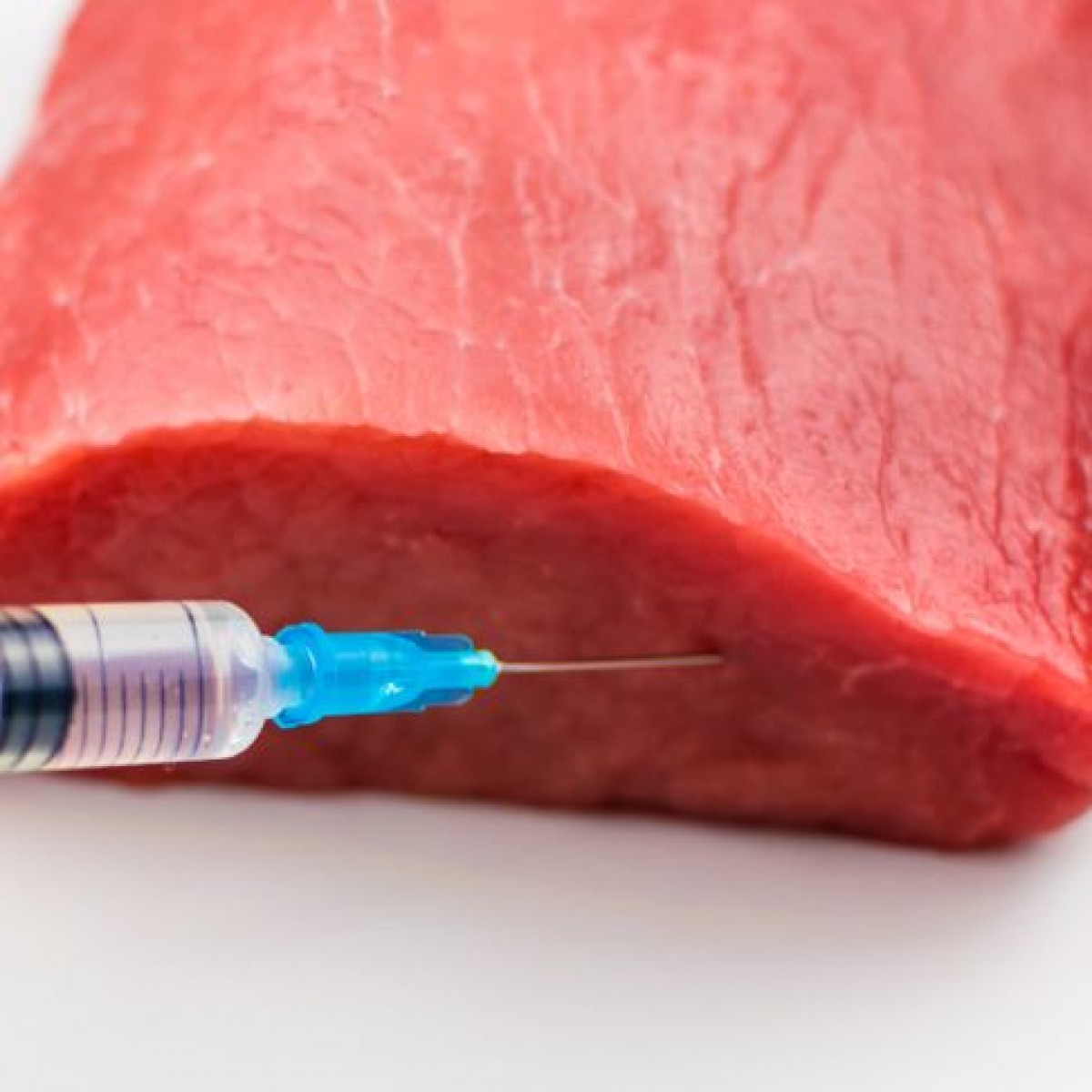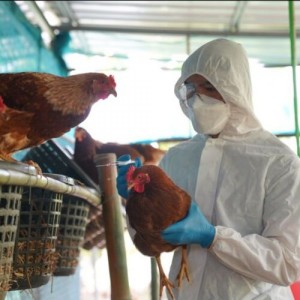A study warns of the dangers of the abusive use of antimicrobials in poultry farming
The abusive use of antimicrobials in the laying poultry production sector in Spain has caused a significant decrease in the efficacy of different antibiotics, including those reserved for exclusive use in human medicine. This finding is reflected in the doctoral thesis carried out by the contracted researcher from the University of Murcia (UMU) Jorge Rivera, developed under the co-direction of the UMU professor María José Cubero, from the Department of Animal Health of the Faculty of Veterinary Medicine.
According to researcher María José Cubero, if better management in the use of antibiotics is not promoted, the consequences could be worrying since some of these drugs are used as the only alternative in human infections. If the bacteria continue to get stronger, the amount of resources to fight them successfully will be scarce in a few decades. The statistics of the Minimum Basic Data Set (CMBD) already reflect more than 3,000 annual deaths in our country for these reasons.
For the development of the research, fecal samples from laying hens in different farms in Andalusia, Castilla la Mancha, Castilla y León, Valencia, Extremadura and Murcia were analyzed. The objective was to monitor and notify the resistance developed by various bacteria that are harmful to health, such as Salmonella spp., Campylobacter coli or Campylobacter jejuni. Similarly, other commensal bacteria, which are naturally found in animals, such as Escherichia coli, Enterococcus faecalis and Enterococcus faecium, were monitored.
Minimum inhibitory concentration
The prolonged administration of antibiotics in the industrial poultry sector has caused a decrease in their effectiveness against various commensal bacteria. These bacteria, called 'sentinels', as María José Cubero explains, are studied in research of this type because they are the "most suitable for antibiotic resistance surveillance systems". This monitoring is carried out through the Minimum Inhibitory Concentration, which allows knowing the lowest amount of an antibiotic that prevents the growth of a certain bacterial strain.
Likewise, the data obtained in this study, carried out in collaboration with the Dry Crops Team for Rural Development, Oenology and Sustainable Agriculture of IMIDA, suggest that the strengthening of sentinel bacteria could be taking place in a similar way in other pathogens of greater importance. risk.
The strengthening of certain bacteria against antibiotics is one of the main threats to health. According to the WHO, 33,000 people die each year in the EU from bacterial infections, and experts warn that the trend will increase in the coming decades if the appropriate measures are not taken. In this sense, Jorge Rivera affirms that thanks to the work of the team they have obtained “very satisfactory results” and have been able to advance in “knowledge of antimicrobial resistance in animal health and in the use of alternative products to zinc oxide and antibiotics, contributing to the sustainability of animal production”.
The purpose of the research staff of the UMU is to transfer to the administration the findings obtained in zoonotic bacteria (of animal origin) and commensals so that laying hens are included in the National Plan against Antibiotic Resistance (PRAN) .
Different types of antibiotics to evaluate resistance
Antibiotic resistance was studied according to the categories established by the Special Expert Group on Antimicrobial Advice (AMEG). These categories establish four types of antibiotics based on their level of preference for use, A (Avoid), B (Restrict), C (Caution) and D (Prudence). The investigation determined that the nosocomial bacteria Campylobacter jejuni, Escherichia coli and Enterococcus faecalis, "those that infect opportunistically during hospital admissions", emphasizes María José Cubero, have developed high levels of resistance against category A and B drugs, which are the most relevant from a strategic perspective for human medicine.
These drugs are considered the last resource in human medicine against bacterial control and are included in the World Health Organization's list of Critically Important Antimicrobials (AIC). María José Cubero points out that “resistance to these antibiotics can reduce the options for the successful treatment of infections caused by multi-resistant agents”. On the other hand, the effectiveness of drugs in categories C and D has also been reduced against different families of bacteria. Some of these drugs are key to treating zoonotic diseases.
Part of the problem is explained by the high consumption of antibiotics in livestock in our country, which is also one of the highest in the entire European Union. “The measures that are carried out in the laying production sector should be equated to those used in others such as the meat sector to avoid the increase in resistance,” says María José Cubero. For this reason, investigations such as this represent an advance towards the correct characterization of tolerances to antimicrobials in animal production, which is essential to design appropriate measures in order to prevent the increase in resistance and preserve the efficacy of drugs.














List
Add
Please enter a comment